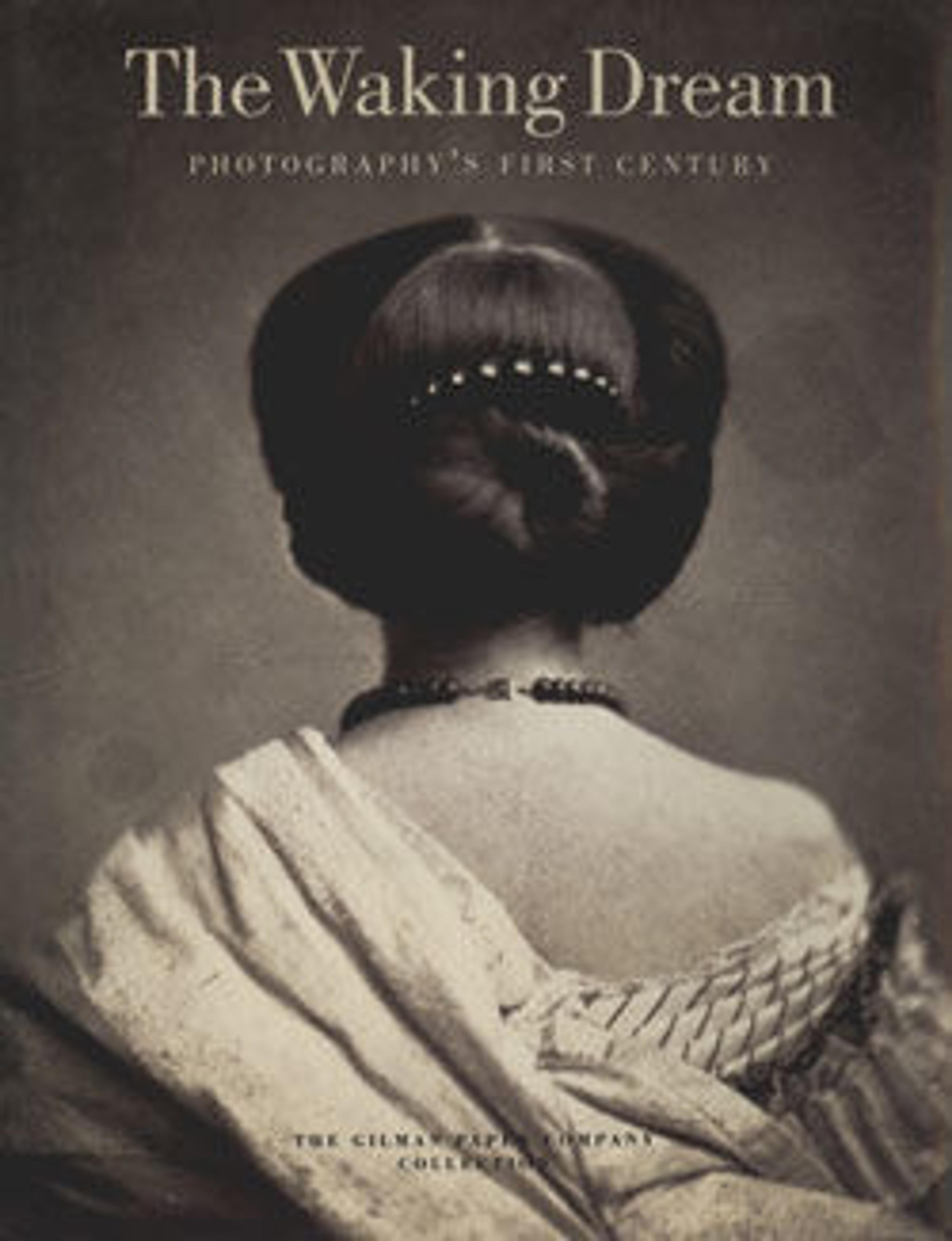Organ-grinder
Although he trained as an actor at the National Conservatory in Paris, Eugène Atget's love of the theater served him best when he abandoned the stage and took up the camera. In the late 1880s he began photographing whatever artists needed as models for their work, and by 1898 he had established his practice in Paris. While his principal clientele would change, Atget continued to frequent artists' ateliers and cafés until the end of his life, selling documents, as he modestly called his pictures, to those most able to see their intrinsic worth.
This photograph was purchased from Atget in the 1920s by Maurice Utrillo, the painter of the streets of Montmartre. Although the image was recently printed, the negative had been made decades earlier, as part of a series of photographs devoted to the rapidly vanishing street trades, or petits métiers, of Paris. Posed in the street with the attributes of their trades, the knife-sharpener, breadboy, and fishwife were portrayed as stock characters acting generic roles. This image, the masterpiece in the series, broke all the rules. Street musicians cut close to Atget's bone; these are not types but vividly portrayed individuals, and their engaging performance is to the pose as the hurdy-gurdy's music is to silence.
This photograph was purchased from Atget in the 1920s by Maurice Utrillo, the painter of the streets of Montmartre. Although the image was recently printed, the negative had been made decades earlier, as part of a series of photographs devoted to the rapidly vanishing street trades, or petits métiers, of Paris. Posed in the street with the attributes of their trades, the knife-sharpener, breadboy, and fishwife were portrayed as stock characters acting generic roles. This image, the masterpiece in the series, broke all the rules. Street musicians cut close to Atget's bone; these are not types but vividly portrayed individuals, and their engaging performance is to the pose as the hurdy-gurdy's music is to silence.
Artwork Details
- Title:Organ-grinder
- Artist:Eugène Atget (French, Libourne 1857–1927 Paris)
- Date:1898–99
- Medium:Matte albumen silver print from glass negative
- Dimensions:Image: 22.4 × 17.6 cm (22.4 × 17.6 cm)
Sheet: 22.5 × 18 cm (8 7/8 × 7 1/16 in.) - Classification:Photographs
- Credit Line:Gilman Collection, Purchase, Ann Tenenbaum and Thomas H. Lee Gift, 2005
- Object Number:2005.100.129
- Curatorial Department: Photographs
More Artwork
Research Resources
The Met provides unparalleled resources for research and welcomes an international community of students and scholars. The Met's Open Access API is where creators and researchers can connect to the The Met collection. Open Access data and public domain images are available for unrestricted commercial and noncommercial use without permission or fee.
To request images under copyright and other restrictions, please use this Image Request form.
Feedback
We continue to research and examine historical and cultural context for objects in The Met collection. If you have comments or questions about this object record, please contact us using the form below. The Museum looks forward to receiving your comments.
